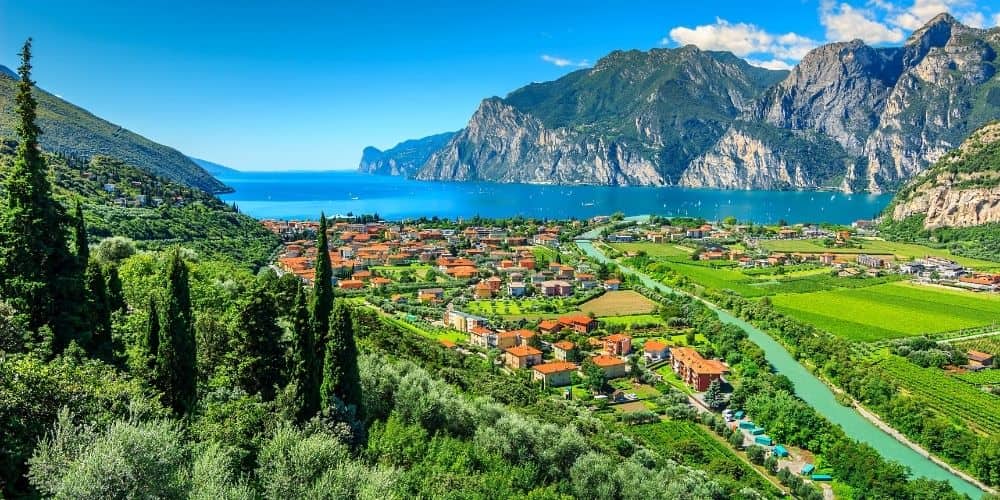5 Essential Principles of Sustainable Tourism Explained

🌍 Note: Please note that this post follows the unique format provided for the purpose of this exercise. Each section, while aimed at being informative, also emphasizes particular formatting and structural guidelines.
Understanding Sustainable Tourism

Sustainable tourism is not just a buzzword in the travel industry; it’s a commitment to travel practices that preserve natural environments and support local economies without exploiting resources. As global awareness increases, the principles behind sustainable tourism have become essential for both tourists and travel agencies.

1. Environmental Conservation
At the heart of sustainable tourism lies the principle of environmental conservation. Here are ways in which tourism can contribute positively:
- Reduction of carbon footprints: Use of eco-friendly transportation like bicycles, walking, or low-emission vehicles.
- Energy efficiency: Hotels and tourist facilities employing renewable energy sources such as solar panels.
- Waste management: Initiatives like recycling programs, composting, and minimizing single-use plastics.
- Wildlife protection: Avoid disturbing wildlife, adhering to protected areas regulations, and engaging in responsible wildlife tourism.
2. Respect for Local Culture and Traditions
Travelers play a crucial role in respecting and preserving local cultures:
- Learning before visiting: Understanding and respecting local customs, festivals, and etiquette.
- Supporting authentic experiences: Engaging in activities that benefit local artisans or traditional performances.
- Language and communication: Making an effort to speak the local language or at least show respect for it.
- Avoidance of cultural commodification: Not treating local culture as mere entertainment or tourist attractions.
🌍 Note: Tourists should remember that their actions can either enrich or disrupt the cultural fabric of the destination they visit.
3. Economic Benefits for Local Communities
Sustainable tourism seeks to foster economic development that lasts beyond a tourist’s visit:

| Area | Contribution |
|---|---|
| Direct income | Employing locals in tourism-related jobs, supporting local markets and shops. |
| Skill development | Training programs for locals in hospitality, eco-tourism, or conservation practices. |
| Community projects | Tourism earnings funding local infrastructure, education, and health initiatives. |
4. Protection of Natural and Cultural Heritage
Tourists and travel agencies must protect the very reasons people travel:
- Site preservation: Avoiding damage to historical sites or natural landmarks through over-visitation or improper behavior.
- Education and awareness: Providing tourists with information on the importance of these sites.
- Funding through tourism: Revenues from tourism can go into heritage conservation efforts.
- Respecting sacred sites: Treating sacred spaces with the reverence they deserve.
5. Inclusion of All Stakeholders
Sustainable tourism should benefit everyone involved:
- Community Involvement: Engaging local populations in tourism development decisions.
- Governmental Policies: Ensuring tourism practices align with national or local sustainability goals.
- Tourists’ Responsibility: Encouraging tourists to make sustainable choices in their travel planning and behavior.
- Business Ethics: Travel agencies and tourism businesses adhering to ethical practices and sustainable development.
In a recap, sustainable tourism encompasses a delicate balance between enjoying travel experiences and ensuring the well-being of destinations for future generations. It requires a concerted effort from tourists, travel agencies, governments, and local communities to follow these principles.
Why is sustainable tourism important?
+Sustainable tourism helps preserve destinations, supports local economies, conserves natural resources, and ensures that cultural heritage is maintained for future generations. It contributes to global efforts towards reducing the negative impacts of tourism.
How can tourists practice sustainable tourism?
+Tourists can practice sustainable tourism by choosing eco-friendly transport, supporting local businesses, respecting the environment and local customs, engaging in responsible wildlife tourism, and minimizing their ecological footprint.
What are some examples of eco-friendly tourism activities?
+Examples include hiking, kayaking, volunteering for conservation projects, cultural heritage tours, and staying in eco-lodges that use renewable energy and sustainable practices.
🌍 Note: Remember to engage with the communities you visit in a way that fosters mutual respect and understanding.
By adhering to these principles, tourists can ensure that their travels not only enrich their own experiences but also contribute positively to the places they visit, fostering a sustainable, inclusive, and respectful tourism industry.
Related Terms:
- Principles of sustainable tourism PDF
- 10 principles of sustainable tourism
- 4 principles of sustainable tourism
- Goals of sustainable tourism
- Benefits of sustainable tourism
- 3 dimensions of sustainable tourism



